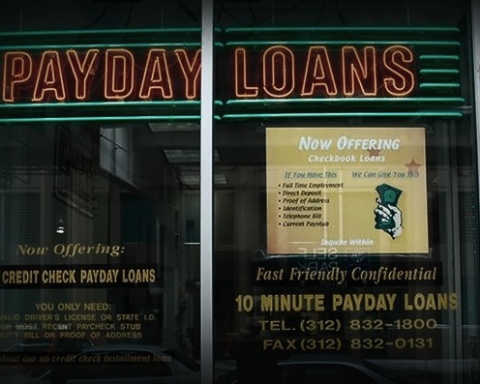The nation’s aging fleet of atomic power plants is safe in a post-Fukushima world, members of the Nuclear Regulatory Commission told the House Appropriations Committee on Tuesday. But one lawmaker wasn’t easily convinced.
Rep. Marcy Kaptur (D-Ohio) said she is concerned that the lack of uniformity among plants makes it exceedingly difficult for regulators to do their job, and elevates the chances that problems could mushroom should something go wrong.
She pointed to a nuclear nation like France, which, using technology from Westinghouse, has near total uniformity among its array of nuclear power plants. Kaptur warned that fourteen plants in the US will soon be up for relicensing, and urged regulators to prod the industry toward “more symmetry.”
NRC Commissioner Kristine Svinicki admitted “candidly” that the 100 commercial reactors currently in operation on US soil have 100 different designs. And even in cases when the same vendor designed several plants, each facility has its own modifications that separate it from the others.
But Svinicki tried to make the case that the lack of coherence is, actually, a good thing.
“Having diverse designs in the United States is viewed by many as a strength of the US system,” she claimed.
“If you have a diversity of plants you have a greater likelihood that it will not be problematic in all of them,” Svinicki claimed.
Rep. Kaptur countered, stating simply that “a lot of permutations and combinations” in the industry leaves it with “more chances for error.”
Nuclear groups in the US have raised concerns about one basic type of reactor design in the US. There are dozens of plants in the that employ the General Electric Mark 1 and Mark 2 boiling water reactors – the same design that posed problems for Japanese clean-up crews mitigating the Fukushima meltdown four years ago.
Lawmakers pressed NRC commissioners on what they’ve learned from that disaster.
“Witnessing and experiencing something like the Fukushima accident challenged all countries with mature nuclear programs or those that are considering nuclear to really confront their assumption about high consequence low probability events,” Svinicki said.
NRC Chairman Stephen Burns added that the “most significant lesson learned” was making equipment available on site at each US facility to cope with unusual and rare events, and to ensure that essential systems like water cooling pumps and electricity remain operational.
The NRC has faced a lot of pressure from lawmakers for not doing more to protect plants after the March 2011 Fukushima meltdown shocked the world.
Late last year, The Sentinel reported how the commission was well behind in plants to implement 12 safety recommendations proposed by the organization itself in 2011.
“There isn’t one of these in place,” Sen. Barbara Boxer (D-Calif.) told commissioners during a lively Senate hearing last December. “More has to be done,” she added.
On Tuesday, commissioners cautioned lawmakers against overreacting to Fukushima.
“I’m proud of the US,” Svinicki said. “We did not shut all our plants down as Japan did. We did a quick look” to make sure the plants were safe, she claimed.
The Japanese government temporarily shut down its nuclear energy facilities after the disaster, but announced last fall that it will restart a selected number of reactors later this year.
Japanese cities have routinely been filled with tens of thousands of protestors demanding the country ditch nuclear power following the Fukushima incident. As recently as this month, activists marched in Tokyo against atomic energy.






